St. Petersburg Cruise Port Guide Info
Situated on the banks of the Neva River St. Petersburg is known as the Venice of the North by the grandiose canals, bridges, and opulent monuments of 17-century Czars Russia. Founded by Emperor Peter the Great, the city was the capital of the Russian Empire for 200 years.
St. Petersburg is considered one of the most spectacular cities in Europe and a highlight of each Baltic cruise itinerary. There’s so much to see of Russia’s imperial treasures, palaces, golden dome churches, and museums that many cruise ships stay for two or three days, for guests to explore the city and its famous surroundings.
The starting point of each visit to St. Petersburg is the Nevski Prospekt, the city’s main avenue. At nearly five kilometers long, it crosses three waterways and is full of shops and restaurants as well as many buildings from the Russian glorious historic heritage. As you walk through it you will see the Stroganov Palace, St. Peter's Lutheran Church, and the Church of the Resurrection.
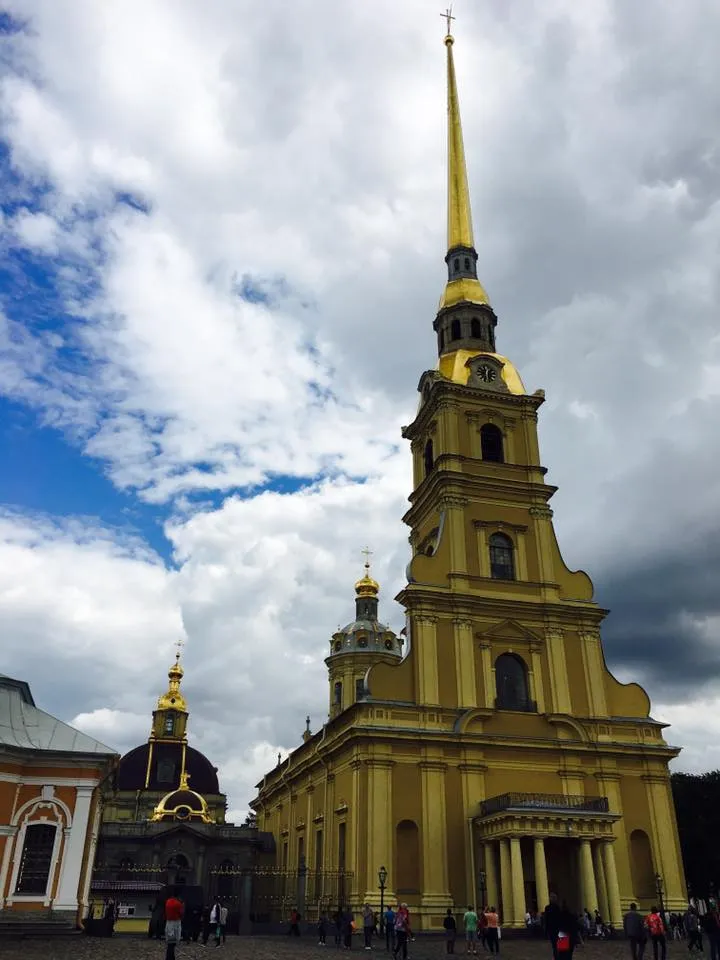
One of the main historic sites is the Peter and Paul Fortress, located on the island of Zalachi. It was built between 1703 and 1710 as protection against the Swedish attacks. inside the fort is the House of the Engineer, the Cathedral of St. Peter and St. Paul where the majority of the Russian Tsars are buried. The Mint and Bulwark Trubetskoi one of the most sinister and enigmatic prisons is also located here.
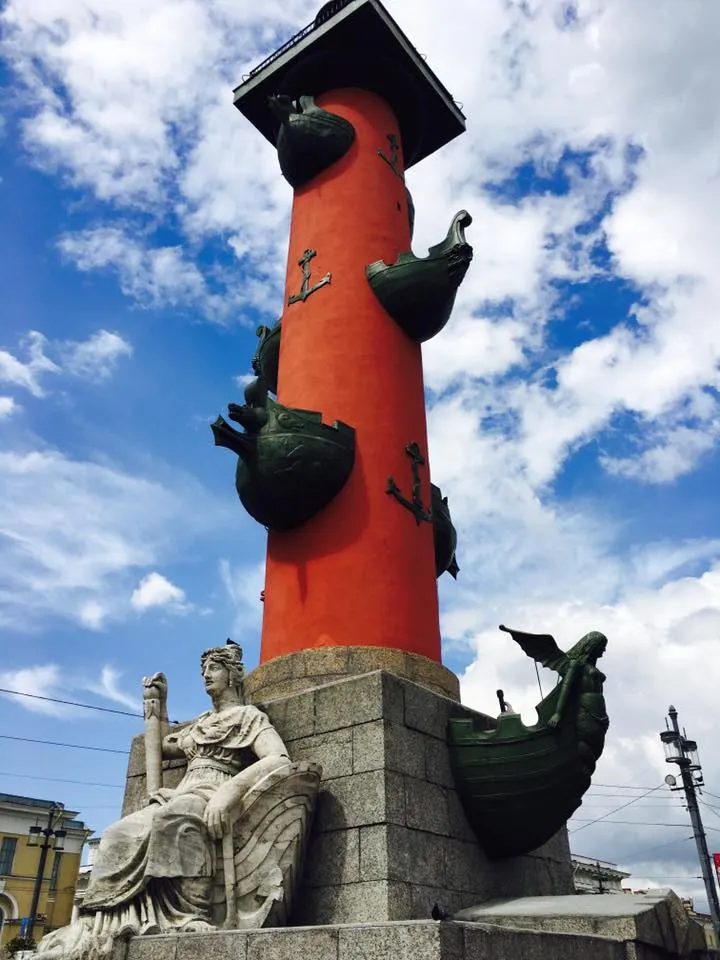
From this vantage point, you can admire the Palace Square and the Admiralty, with the Alexander Column of red granite in the center. Or visit the Admiralty building with its beautiful boat-shaped weathervane. Today the square is the scene of the most important events that occur in the city.
St. Isaac's Cathedral
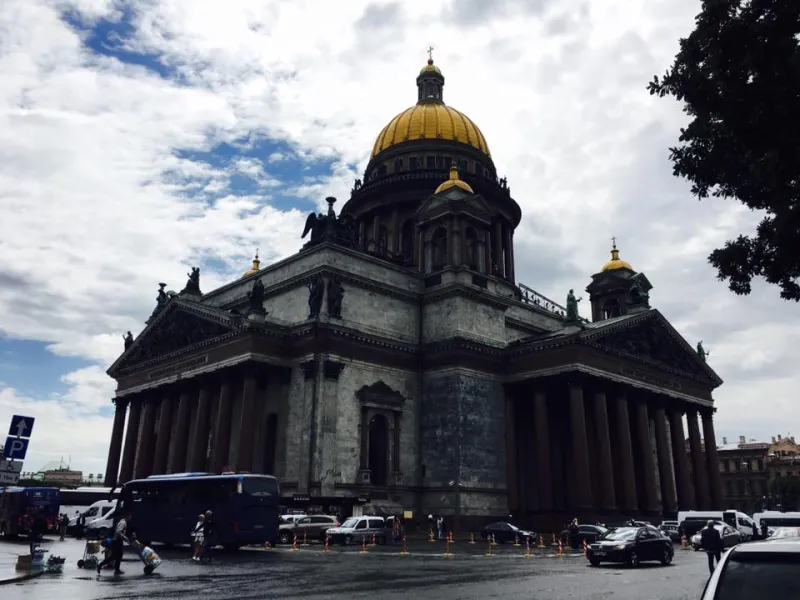
The most impressive landmark St. Isaac's Cathedral with its height of 102 meters and spectacular dome bathed in pure gold is an absolute must-see for anyone visiting St. Petersburg. Built between 1818 and 1858 St. Isaac's Cathedral was originally the city's main Orthodox church and the 4th largest cathedral in the world. During the Soviet era, the cathedral was turned into a museum in 1931 and has remained a museum ever since. Today you can admire the artwork adorning the interior walls with many mosaics and sculptures framed on ornate columns or you can climb to the top of the colonnade for a panoramic view of St. Petersburg’s most famous landmarks.
St. Petersburg Cultural Heritage
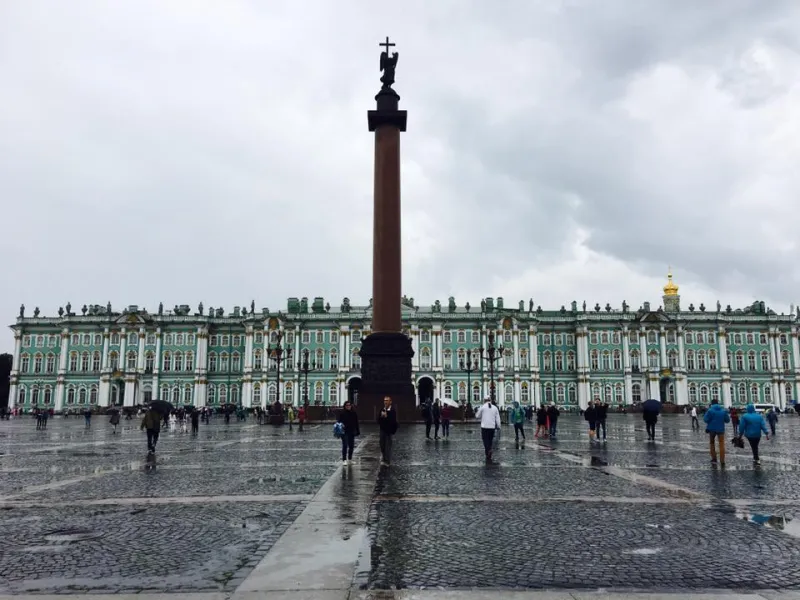
Located in the Winter Palace the great cultural icon of St. Petersburg is the Hermitage Museum, considered one of the most prestigious in the world. For many, it is by far the best art gallery in the world with over 2 million works of art including masterpieces by Da Vinci, Rembrandt and Titian to name a few. Due to the sheer scale of the museum, It is virtually impossible to tackle in a day because of its extensive collection that encompasses all art forms.
Also don’t skip the Russian Museum which is the world's largest depository of Russian fine art, the Pushkin Museum with personal objects of the famous writer, the House of Dostoyevsky where the great Russian writer lived, the Historical Museum, which tells the story of the city after the revolution, and the Museum of the History of Russian Literature.
Neva River Cruise
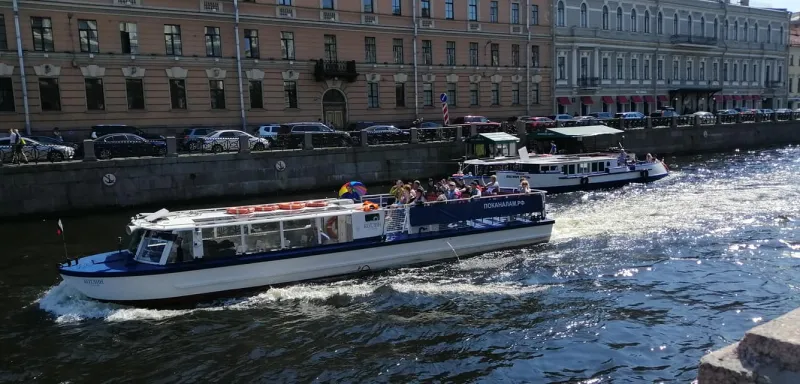
Cruise ships visiting St. Petersburg offer many tours including a wonderful half-day canal cruise, exploring the city by its waterways with numerous picturesque bridges, and iconic landmarks. Some of these tours include a short walk or a short motorcoach ride to reach the grandiose Church of the Savior on Spilled Blood before boarding a bus for a scenic return journey back to the cruise ship.
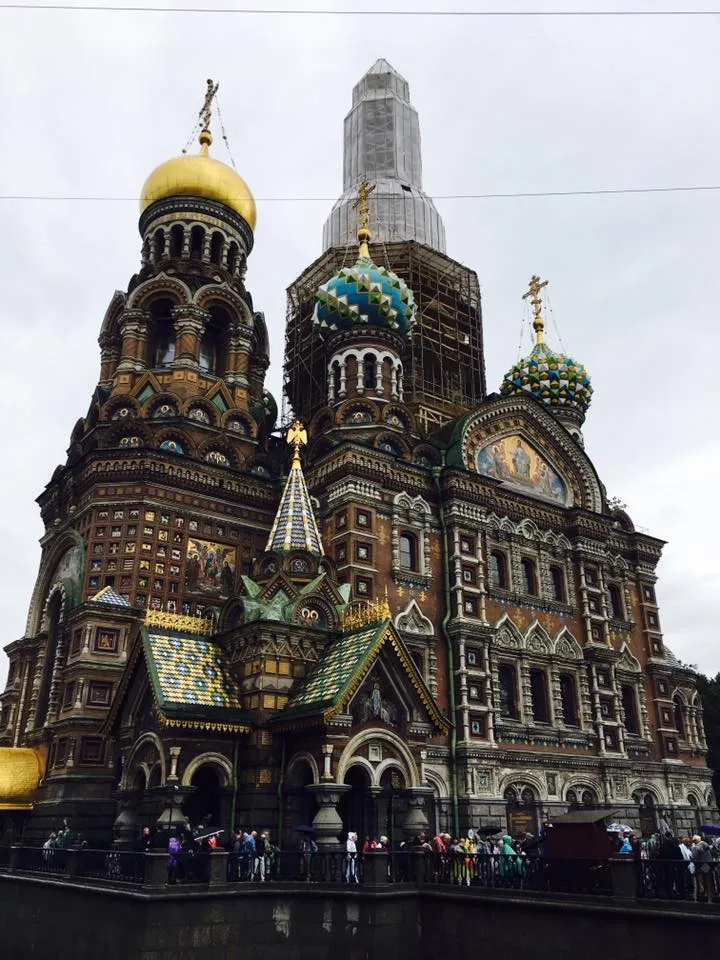
Peterhof Palace & Gardens
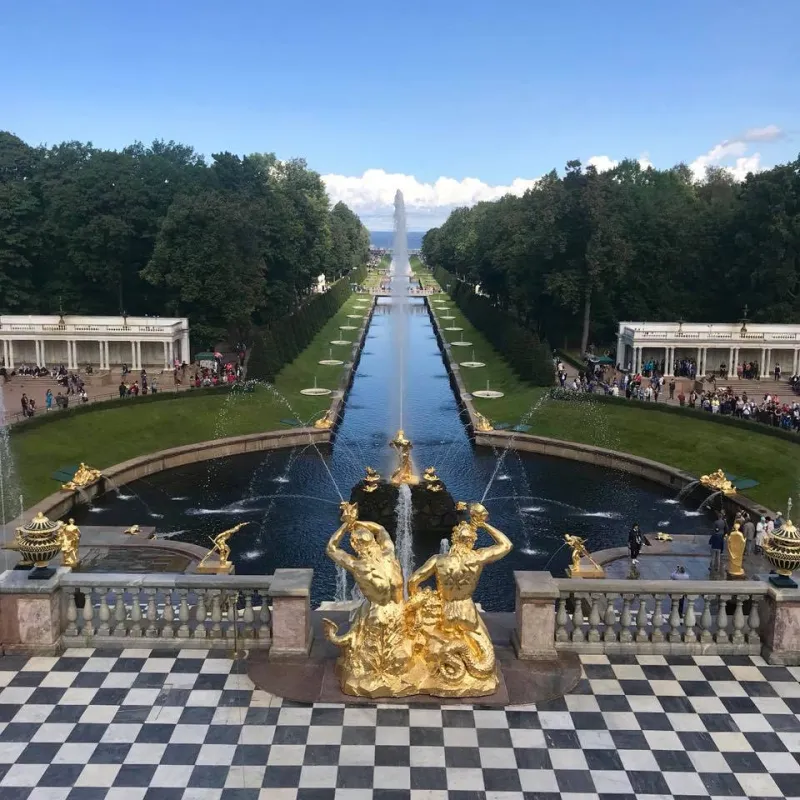
One of the most popular tours is the Visit to the most renowned Russian Imperial Estate, the Peterhof Palace & Gardens. Located about a 45-minute drive from St. Petersburg, in the town of Petergof, this opulent estate overlooking the Gulf of Finland is considered Peter the Great’s crowning architectural achievement.
Dubbed “the Russian Versailles,” Peter the Great wanted Peterhof Palace to rival France’s famous Palace of Versailles and he certainly succeeded.
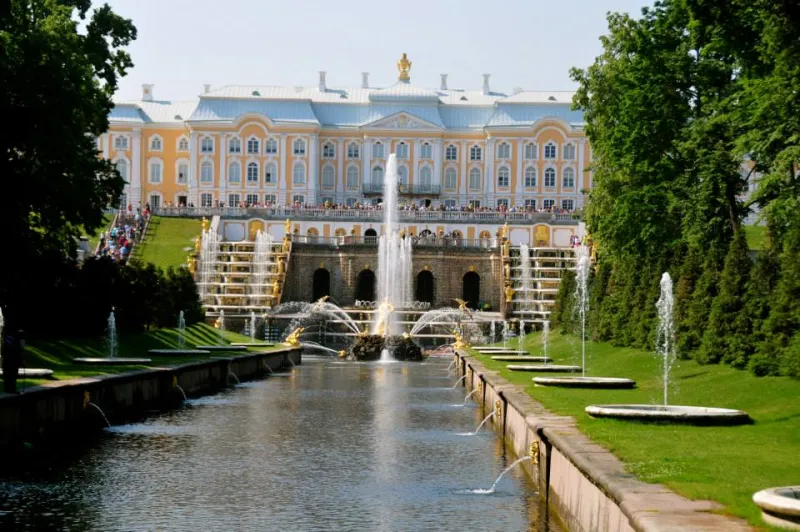
Most tours start with a visit inside the Grand Palace, which has over two dozen rooms, all lavishly decorated with different interior themes. Silk tapestries adorn walls and imperial furniture, while frescos and beautiful statues line the long hallways in the baroque style. Perhaps the most impressive rooms to visit are the Throne Room, which boasts intricate parquet flooring and chandeliers, the White Dining Room, and the dramatic ballroom where golden facades drip off the walls.
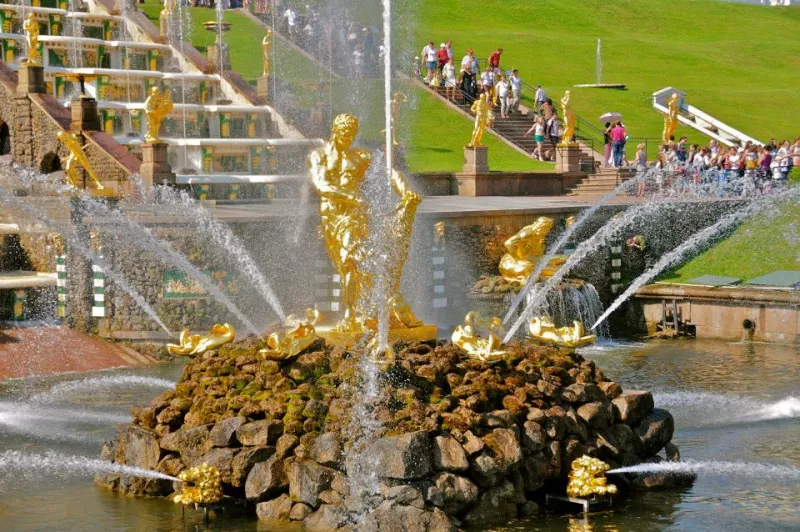
Heading back outside, visitors make their way onto a walkway admiring Peterhof’s famous Grand Cascade. The most impressive out of all the fountains is the towering golden gilded statue depicting Samson prying open a lion’s jaws, which Peter the Great designed himself.
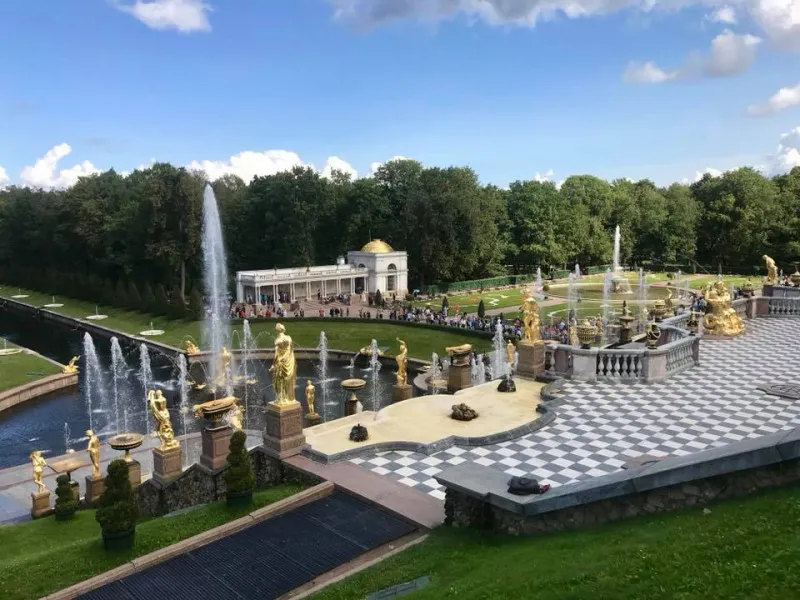
Catherine Palace and the Amber Room
Tsarskoe Selo or Czars Village located in the Pushkin suburb of St. Petersburg, is home to the most famous and incredible palace. The Catherine Palace named after Peter the Great’s wife was built in 1752 by Empress Elizabeth, who replaced the renovated the palace in an ornate Rococo style. During World War II the Palace was gutted by the German Army who also looted the world-famous Amber Room, which was lost and destroyed. Today visitors can explore the renovated rooms and see an incredible reconstruction of the original Amber Room.